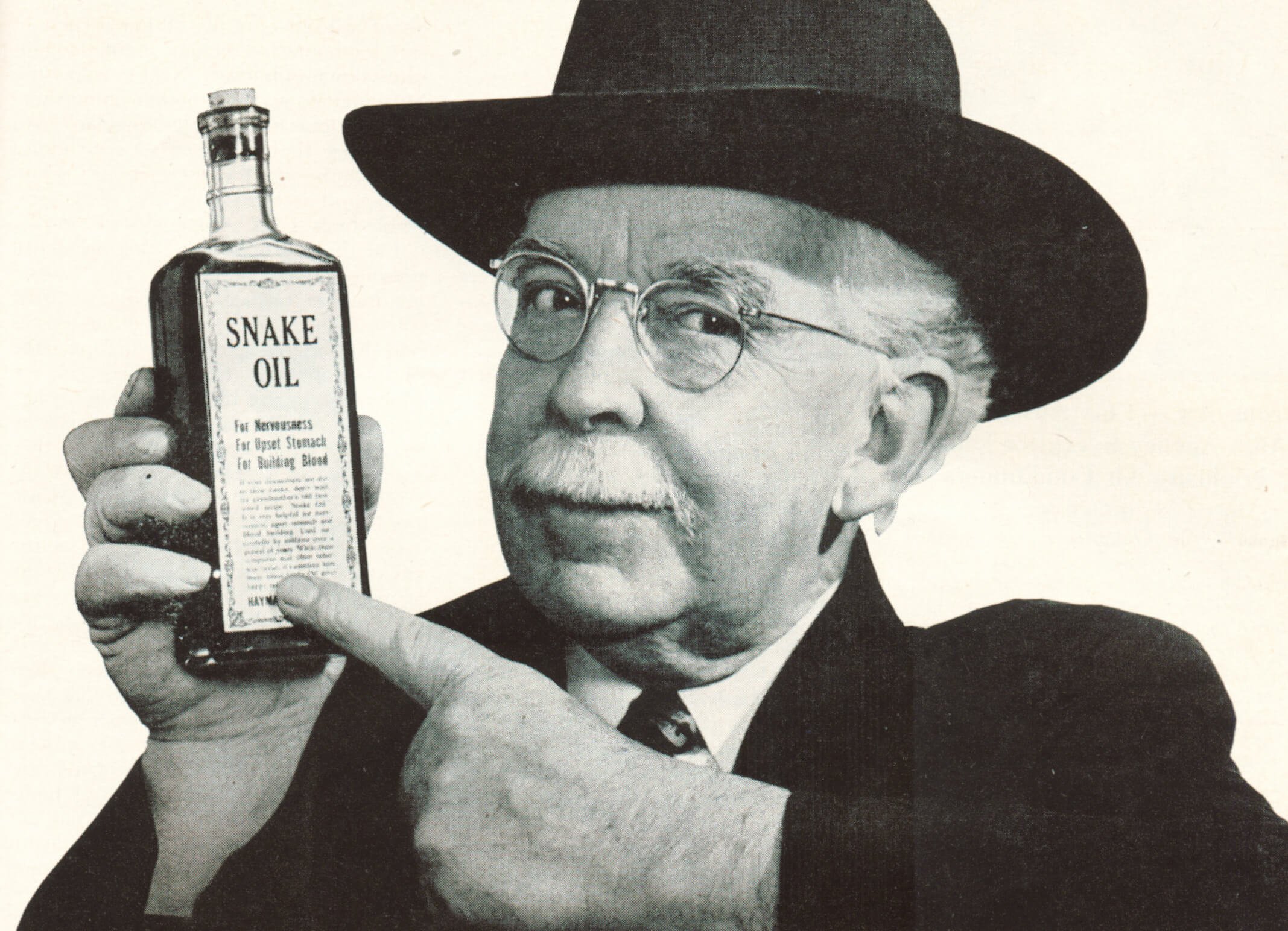K Mataōtama Strohl (They/Them)
K is an award-winning consultant, coach, writer, speaker, curator of an online community and host of two popular podcasts.

Snake Oil 🐍
Consumerism is the snake oil, Capitalism sold us, to fill the hole it's granddaddy, White Supremacy, created. This dysfunctional family keeps pushing its way into every gathering we have. Even when we change the locks, they barge in while we're hugging our loved ones at the door.
Room for Hate 🧶
I write about this a lot because I see it a lot. Where are all the blue bracelet warriors? Where are all the White women that donated millions to Kamala Harris but have suddenly run out of money for us as brimstone hails down? And before you mention Black women or the 92% promise-fuck you.
Spot the Difference
I made a video recently outlining lists of my most popular pieces and personal favorites. At the end of the video I said I would write a piece about why the lists differ so much and have no overlap. The one word answer is …
I Am Not My Work w/ Brittany Janay
It can feel really uncomfortable when someone interprets our self-love as an affront to them. It puts us in a position where we're like, dang, why can't my love for myself and you coexist?
Brought to Light 💡
I think now more than ever we all are being given an inside look to all around us. We are all seeing where our taxes, voices, money, effort and energy have been going and continue to go. I hope we all use this unprecedented insight to continue to demand more light in the darkness, more honesty, more acknowledgement of past wrongdoings and more accountability.
None For Me, Thanks
White people find it extremely difficult to express their feelings about harm without using Black people. We are used as the props, background characters and stage whenever they try to describe dehumanization.
My Apology Letter to DEI 📜
I first want to apologize for the possibility of my work ever being weaponized by those who cause harm. I see the way people are actively attacking DEI and fear my work may lead them to believe I align with their harmful beliefs. I do not.
The NFL Standard
The NFL is a celebrated reflection of America. This is what America wants and allows to continue.
This Aint About Her 🇺🇸
People who believe in anti-Blackness aren't always able to tout their beliefs proudly and loudly. Most wait in the shadows for seemingly "justified opportunities". When these opportunities arise they run quickly to them and are loud about why Black people deserve to be dehumanized and more. Ryan Ken (@ryan_ken_acts) made a really good video of White people's reaction to Will Smith's slap and how they fantasized of an opportunity to double down on their disdain for us. I can't find it but if you do please send it to me.
Flip It AND Reverse It 🤸♀️
WW love a good flip and reverse. They will use anything they can from crocodile tears to quotes from Black leaders to place themselves back on that pedestal.
Hit Dogs 🐩🗣
Using the harm you've caused Black women, and most likely are continuing to cause Black women, as a means to promote your political agenda is not activism. Hope this helps.
blonde, brunette or Black 👱🏻♀️👩🏾🦱
I haven't gotten my hair "done" in years and I completely forgot how differently people treat you. Random White women complimenting my hair was all the push I needed to bring it up in my next therapy session.
White Validation: The Drug 💉
The announcement of Dr. Claudine Gay's resignation from Harvard reminds me of the amazing interview I had with Dr. Janice Asare Gassam where she authentically shared she got her PHD to "move closer to Whiteness".
White Women Self-Care
The centering of Whiteness, White experiences and White feelings is excruciatingly apparent in those books. Thinness is mentioned often throughout the pieces along with the tying of monetary hoarding to success. There’s absolutely no mention of race, sexual orientation, gender beyond the binary or life outside of marriage, motherhood, business and?
Death As A Tool of the Oppressor
In my work on psychological safety, I constantly note the needed foundations for safe relationships: trust, honesty, respect and the prioritization of safety throughout. They are all intertwined and it is almost impossible to have one without the other. Yet we see these seemingly basic human needs being dismissed by people in positions of power daily.
Trauma Doesn't Skip Generations
This article on how the Holocaust is being weaponized to justify the suffering of others is a glaring example of what happens when we don’t acknowledge and heal from harm that’s been caused to us and our communities. Similar to the way Black communities globally have had our healing excruciatingly prolonged because of re-written history that refuses any true acknowledgement of the atrocities our ancestors experienced or that we continue to experience. In my piece I Want a White History Month, I write about this large gaping hole left in White people that they attempt to fill with appropriation, deceit and more recently the support of genocide. All these uncared for wounds are bound to be internalized or spread to others.
The Two White Girl Rule
Netflix’s recommendations along with animated shows from my childhood are products of “the Two White Girl Rule” which itself is a product of White Supremacy. It creates imaginary scarcity and pits people who are not White against each other for these usually stereotype-filled roles that often refuse to allow people to exist outside of several binaries. It also almost always doubles down on the big ass racial umbrellas, never giving any depth to the culture, values or traditions of girls featured that are not White because what else is there to know about them other than their skin color and/or eye shape?
White DEI ❄️🕵🏻♂️
According to a study by McKinsey & Company in 2022, 63% of diversity and inclusion leadership roles were occupied by White women. I already knew this before seeing the study but what I want to know is what the hell do they be talkin' about?







































